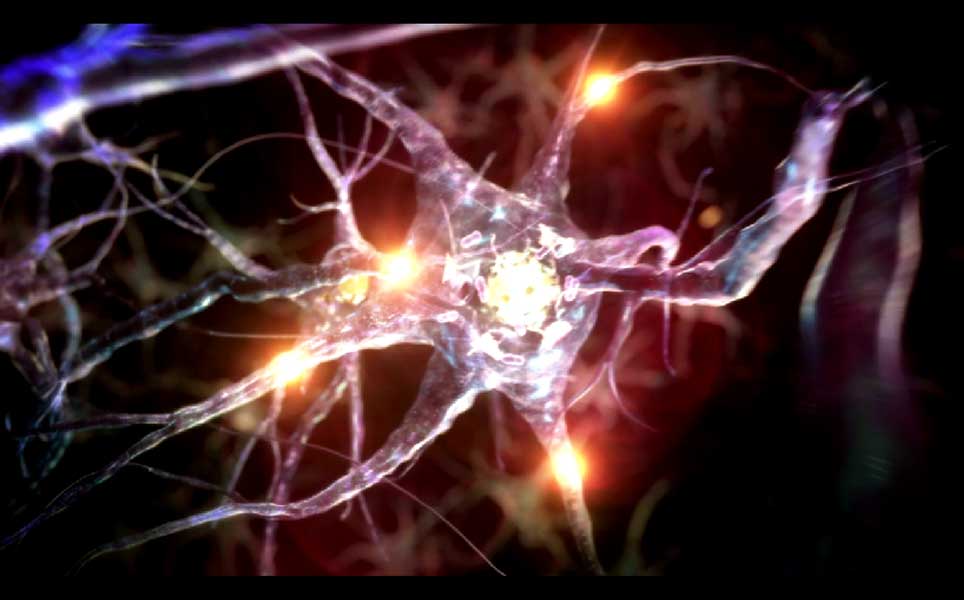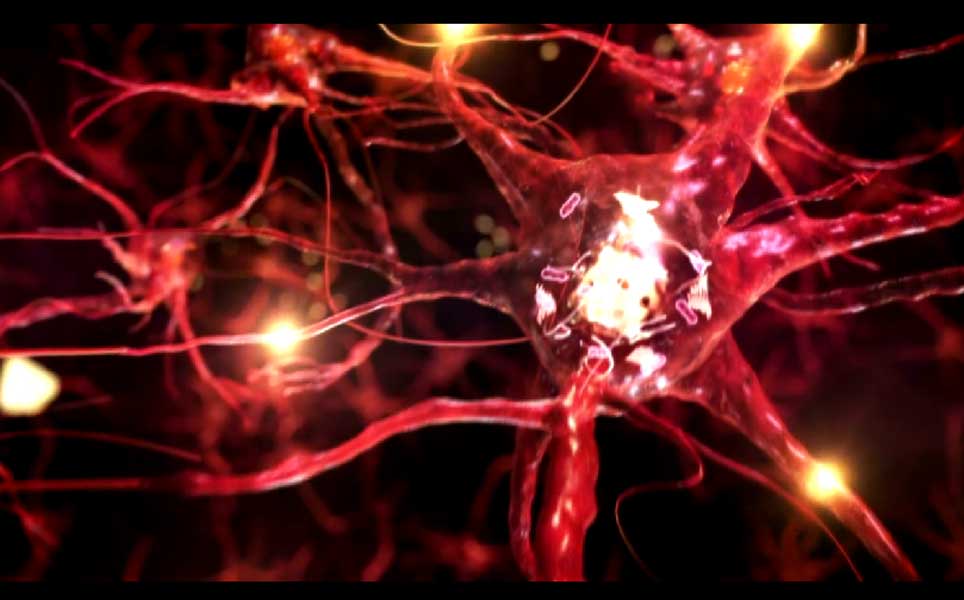

qEEG Guided, Personalized rTMS Alzheimer's disease (AD) Treatment
Advanced neuroimaging techniques combined with personalized neuromodulation strategies have created new opportunities for early Alzheimer’s disease (AD) detection and intervention in the treatment field.
The QPAN model works together with the Neuromap algorithm to demonstrate this modern technique by using quantitative electroencephalography (qEEG) to generate personalized brain functional maps. These maps function as biomarkers which allow for the early identification of Alzheimer’s-related brain changes and support precise therapeutic applications using transcranial magnetic stimulation (TMS).
The non-invasive qEEG technique measures brain electrical activity to reveal comprehensive information about neural oscillations and connectivity patterns. The Neuromap algorithm uses artificial intelligence to identify early-stage Alzheimer’s disease through the analysis of pattern deviations. Early detection enables healthcare professionals to administer therapeutic interventions promptly which help slow down the advancement of the disease.
The QPAN model directs the creation of personalized TMS protocols after early signs are detected. TMS represents a non-invasive method of brain stimulation which manipulates neural activity through magnetic fields. Research has been conducted on the effects of repetitive TMS (rTMS) therapy to enhance or maintain cognitive abilities in Alzheimer’s patients with mild to moderate disease progression. New research findings show rTMS improves cognitive functionality while decelerating Alzheimer’s disease advancement.
The QPAN model’s personalized approach allows TMS protocols to match each patient’s distinct neural profile which is identified through their qEEG-derived brain map. Targeting specific neural circuits affected during early Alzheimer’s disease stages enhances therapeutic treatment success rates.
The Neuromap algorithm provides AI analysis of functional brain maps from qEEG which allows for the early identification of Alzheimer’s disease. The combination of personalized TMS interventions with the QPAN model approach may delay Alzheimer’s disease progression while providing individuals at risk with a new personalized treatment method.
Combining advanced neuroimaging techniques with personalized neuromodulation approaches represents a promising new strategy to slow Alzheimer’s disease progression. The Quantitative Personalized Adaptive Neuromodulation (QPAN) model together with the Neuromap algorithm serves as an example of this method by using quantitative electroencephalography (qEEG) to generate personalized functional brain maps. These biomarker maps provide a mechanism for detecting early Alzheimer’s-related brain changes while enabling accurate transcranial magnetic stimulation (TMS) interventions.
The latest research demonstrates that repetitive transcranial magnetic stimulation (rTMS) can enhance or maintain cognitive abilities in individuals with mild to moderate Alzheimer’s Disease. According to a phase 2 randomized double-blind sham-controlled trial personalized rTMS directed at the default mode network achieved a 44% reduction in Alzheimer’s disease progression after 52 weeks. The Clinical Dementia Rating Scale–Sum of Boxes scores showed a smaller decrease in the rTMS group compared to the sham group.
The QPAN model’s personalization feature enables TMS protocols to be customized based on each individual’s neural signature which originates from their qEEG brain mapping results. The therapeutic effectiveness is improved because this approach applies treatment to neural circuits that show early Alzheimer’s disease damage.
The Neuromap algorithm combines qEEG-based functional brain mapping and AI analysis to detect Alzheimer’s disease early. Personalized TMS interventions directed by the QPAN model paired with this approach demonstrate potential for Alzheimer’s prevention or progression slowdown through innovative individualized treatment plans.
